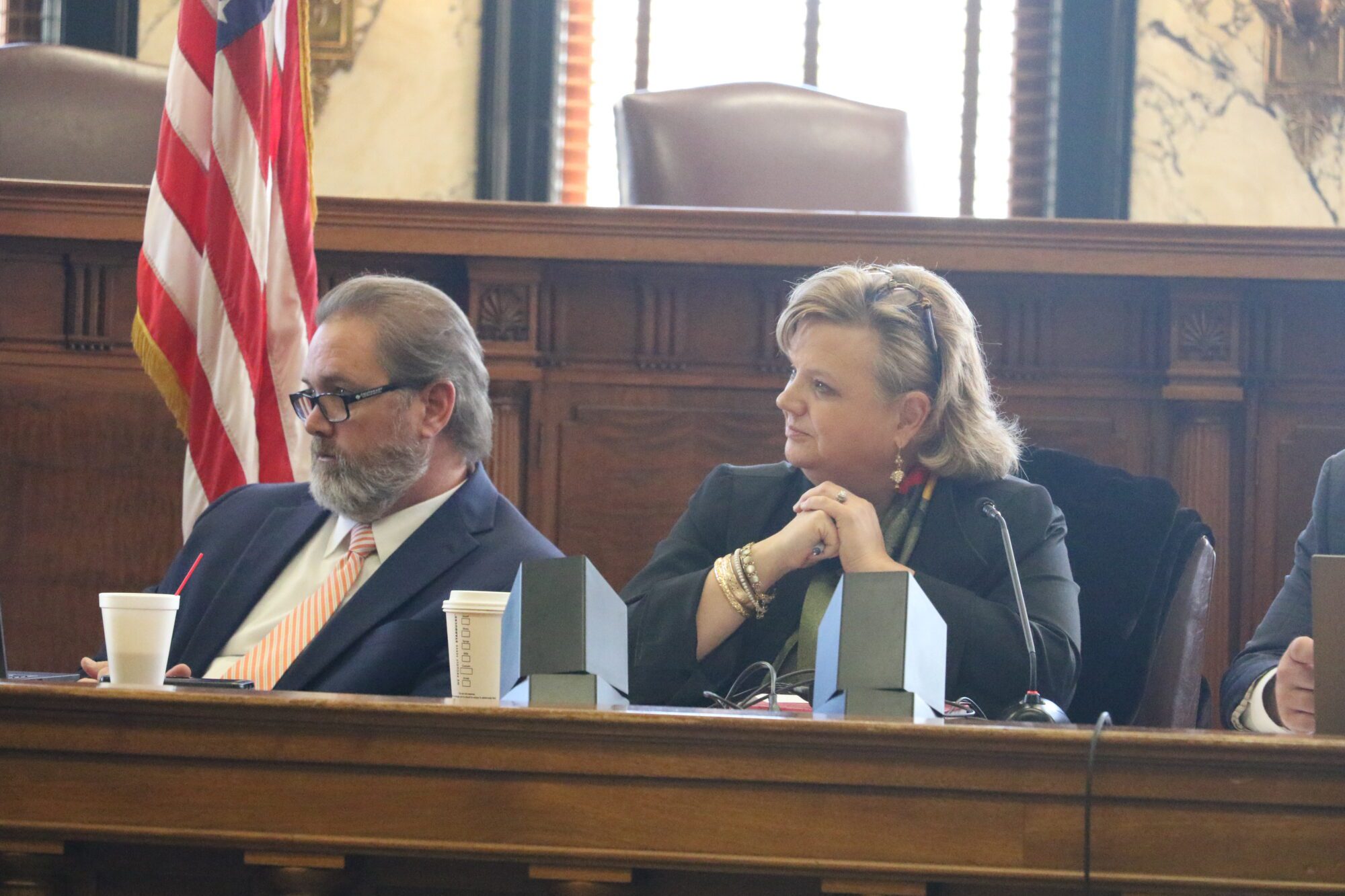How does Mississippi rate in terms of Medicare performance?

(Photo from Shutterstock)
- For the past six decades Medicare has been providing coverage to America’s adults aged 65 and older. Today, roughly 1 in 5 are covered under the plan.
According to findings from The Commonwealth Fund, Mississippi and Louisiana rank 50th and 51st, respectively, in terms of the performance of Medicare programs in those states.
Some of the reasons Mississippi falls so low on the group’s scorecard include poverty, limited access to medical health care services, and the presence of chronic conditions within the population prior to reaching the age of 65, the age when Americans become eligible for Medicare.
For the past six decades Medicare has been providing medical care coverage to America’s adults aged 65 and older. Currently, 68 million people in the United States, or one in five, are covered under the plan. There also about 7 million people who have a disability younger than 65 covered under the plan as well.
For this scorecard, the Commonwealth Fund, a private foundation that supports independent research on health care issues, used data from the past two years derived from 31 indicators that gauge the performance of a state’s healthcare system. That data was gathered from federal agencies such as the Centers for Medicare and Medicaid Services along with federal polls and sources that track vital statistics. An overview of the scorecard was covered in a media briefing held Wednesday.
“Medicare is a lifeline for millions of Americans, and for the first time this scorecard shows how people’s experiences with the program vary widely depending on where they live. In some states, beneficiaries can see doctors quickly and afford their prescriptions; in others, they face higher costs, delays, or red tape. By learning from states where Medicare works best, policymakers and health leaders can strengthen the program for everyone,” Gretchen Jacobson, Commonwealth Fund Vice President, Medicare, said after the briefing.
The scorecard listed Vermont, Utah and Minnesota as receiving the best scores, while Kentucky, Mississippi and Louisiana came in the last three spots.
Variations in scoring largely was due to the fact that coverage under Medicare is different depending on the state due to each state’s access to health care providers and facilities. There are also variations in each state’s practices within the health system that play a part. These variations can affect which treatments and tests are covered and/or provided.
Chronic conditions appear to play a major factor in why Mississippi and Louisiana received the lowest scores. Health outcomes were most affected in states where the patients had three or more chronic conditions. The report states that, on average, about 62 percent of the nation’s Medicare beneficiaries had been diagnosed with three more chronic conditions. Mississippi’s rate was 67 percent. Alabama had the highest rate at 71 percent, while Wyoming had the lowest rate at 45 percent.
“When people are sick coming into Medicare they tend to be sick when they’re in Medicare,” said Commonwealth Fund Senior Scientist Dr. David Radley.
Radley added that the states that performed well on their scorecard were the same that did well on previous Commonwealth Fund scorecards in other areas of health care. As such, those that performed poorly in this Medicare performance ranking also did poorly in previous rankings.
Some of the reasons people enter a Medicare plan with one or more chronic conditions is because they have barriers to healthcare, such as being uninsured. Radley said these states typically have high rates of uninsured people younger than 65 and subsequently have a population with higher rates of three or more chronic conditions, Radley described.
“Then when they age into Medicare, they can be much sicker on average than Medicare beneficiaries in other states,” Radley explained. “That’s one contributing factor to what’s going on.”
Poverty also plays a role in Mississippi and Louisiana ranking so low, as well as being a factor in their ability to purchase insurance.
“There is academic literature showing a quantitative relationship between people having insurance prior to going on Medicare, and having lower spending, better health outcomes when they go onto Medicare,” said Jacobson.
The private insurance industry also plays a part because many Medicare beneficiaries receive benefits in part, or entirely from, private insurance plans. This leads to differences in the level of coverage, cost of premiums and access to care patients in each state experience.
Then there is the aspect of prior authorization under many Medicare Advantage plans. Researchers found better health outcomes when prior authorization to receive preventive care or see a specialist doctor was not a factor. However, outcomes fell when prior authorization was required.
According to the scorecard’s findings, 48 percent of Medicare Advantage plans nationwide required prior authorization. Mississippi’s average was 44 percent. The highest in the nation was Washington at 73.1 percent, with the lowest being South Dakota at 8.3 percent. The report states these plans also typically have more restrictive provider networks.
“While prior authorization requirements may help to reduce inappropriate care or low value services, they can also erect barriers to care for or Medicare beneficiaries by delaying care, causing care disruptions, or denying medically necessary services,” the report states
Outcomes improved when a beneficiary indicated they have a personal connection to their healthcare provider. The national average was four percent of older adults reporting they did not have a personal health care provider, with Mississippi’s average coming in at 5.1 percent. Rhode Island had the lowest rate at 1.9 percent, but New Mexico’s rate topped the rankings at 12 percent. Regular access to a personal provider helps ensure treatment for chronic conditions through regular screenings and preventive treatment.
How rural or urban a state is on average also played a part. States that are more rural in nature can lead to patients having to drive longer and farther to see to a healthcare provider.
Access to the wrong kinds of prescription medications also affect the health of older adults. Some states were found to allow older adults access to prescription medications known to be detrimental to their overall health, at times leading to confusion, falls and bleeding, and other negative impacts.
“Some medications carry a higher risk of adverse health events for older adults and they should be limited or eliminated altogether,” described Kristen Kolb, The Commonwealth Fund Research Associate.
On average about 21 percent of adults over 65 were prescribed at least one drug known to be detrimental to their health. In Mississippi that rate was 27.1 percent, the scorecard shows. The state with the highest rate was Louisiana, at 31.5 percent. Wyoming and Hawaii tied for the lowest rate at 17.4 percent.
Other factors noted in the report include percentages of hospital admissions that could have been preventable, the cost of health care, including prescriptions and visits.
Suggestions to improve these outcomes include investment in each state’s health care infrastructure, improving clinical practice norms through state policy, and ensuring providers administer the quality care through applying best practices and reducing unnecessary care.











